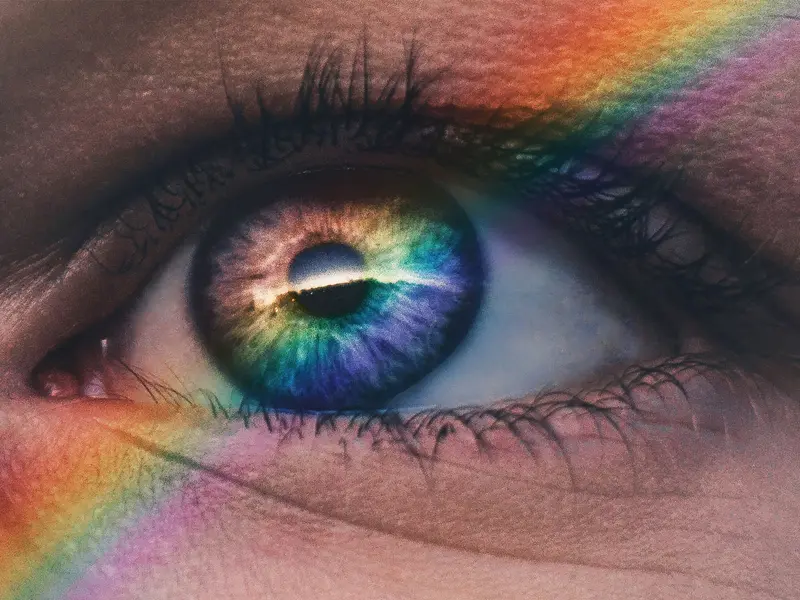Scientists Discover New Color
Monday, 2025/04/21275 words4 minutes732 reads
A groundbreaking study published in Science Advances has reported the discovery of a new color that has never been perceived by the human eye before. This color, dubbed 'olo', is described as an intensely saturated blue-green hue that cannot be observed under normal circumstances.
The research, conducted by a team of scientists from the University of California and the University of Washington, involved an innovative experiment using laser pulses to stimulate specific cone cells in the retina. The retina contains three types of cone cells - S, L, and M - each sensitive to different wavelengths corresponding to blue, red, and green respectively. In this experiment, researchers selectively stimulated only the M cones, creating a unique neural signal that doesn't occur in natural vision.
Professor Ren Ng, a co-author of the study and one of the participants, likened the experience to seeing an unprecedentedly vibrant version of a familiar color. The team used a specially designed optical device called Oz to deliver precise laser stimulation to participants' eyes.
While the findings have generated excitement in the scientific community, some experts remain skeptical. Professor John Barbur from City St George's, University of London, argues that the perception of a new color is open to interpretation and may be more related to changes in cone sensitivity rather than the discovery of a truly novel hue.
Despite the debate, the research team believes their findings could have significant implications for understanding color perception and potentially aiding research into color blindness. The study not only pushes the boundaries of our understanding of human vision but also opens up new avenues for exploration in the field of optics and neuroscience.
